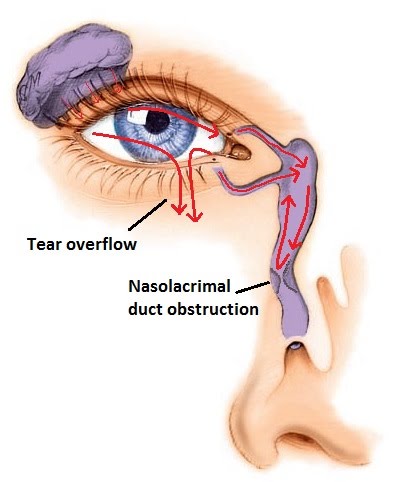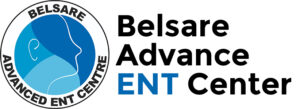Endoscopic DCR (Dacrocystorhinostomy)
A dacrocystorhinostomy (DCR) is a procedure to treat excessive tear flow (medically called epiphora) occurring due to a blockage in the nasolacrimal duct.
Tears are generated in the lacrimal gland at the eye’s upper outer margin. Blinking moves tears into small openings in the eyelids called the puncta. From there, they travel via the canalicular system to the lacrimal sac (situated between the nose and the eye) and finally through the nasolacrimal duct, tears get drained into the nasal cavity. Any blockage in this long path can lead to excessive tear outflow. One common reason is a blocked nasolacrimal duct. A DCR procedure creates a direct opening from the lacrimal sac into the nasal cavity to create a direct drainage mechanism.
Risks
In the endoscopic approach, pain is minimal and can be controlled with acetaminophen or mild prescription pain medications. Infection is uncommon but many surgeons prefer to administer antibiotics after surgery. Bleeding should be minimal, but rarely can be significant. Scarring within the nose may occur leading to blockage of the opening and recurrence of tearing. Although extremely rare the major risk of the procedure is bleeding within the orbital cavity (orbital hematoma) or injury to an eye muscle which may cause double vision or vision loss. Scar and temporary bruising will occur with external procedures although these should be relatively minor. If your surgeon prefers to keep a stent in place afterwards prolapse (movement out of the nose or up into the eye) may occur which requires stent adjustment or removal.
Benefits
DCR is a fairly simple outpatient procedure. Overall success rates exceed 90%, although in particular cases the likelihood of success may be lower. The risks and side effects of the procedure are relatively low, and can potentially lead to a long-lasting relief of bothersome tearing.

